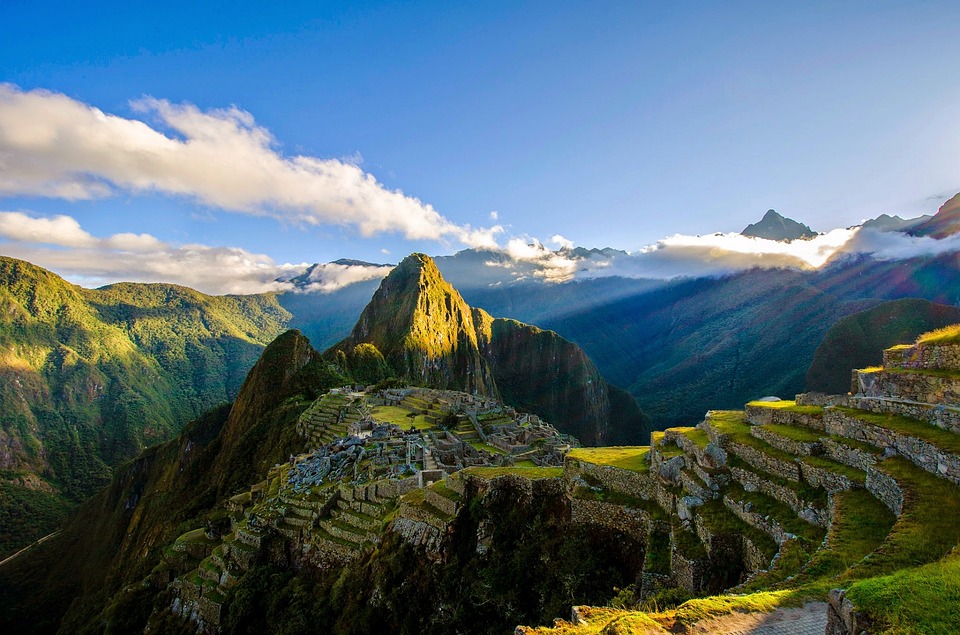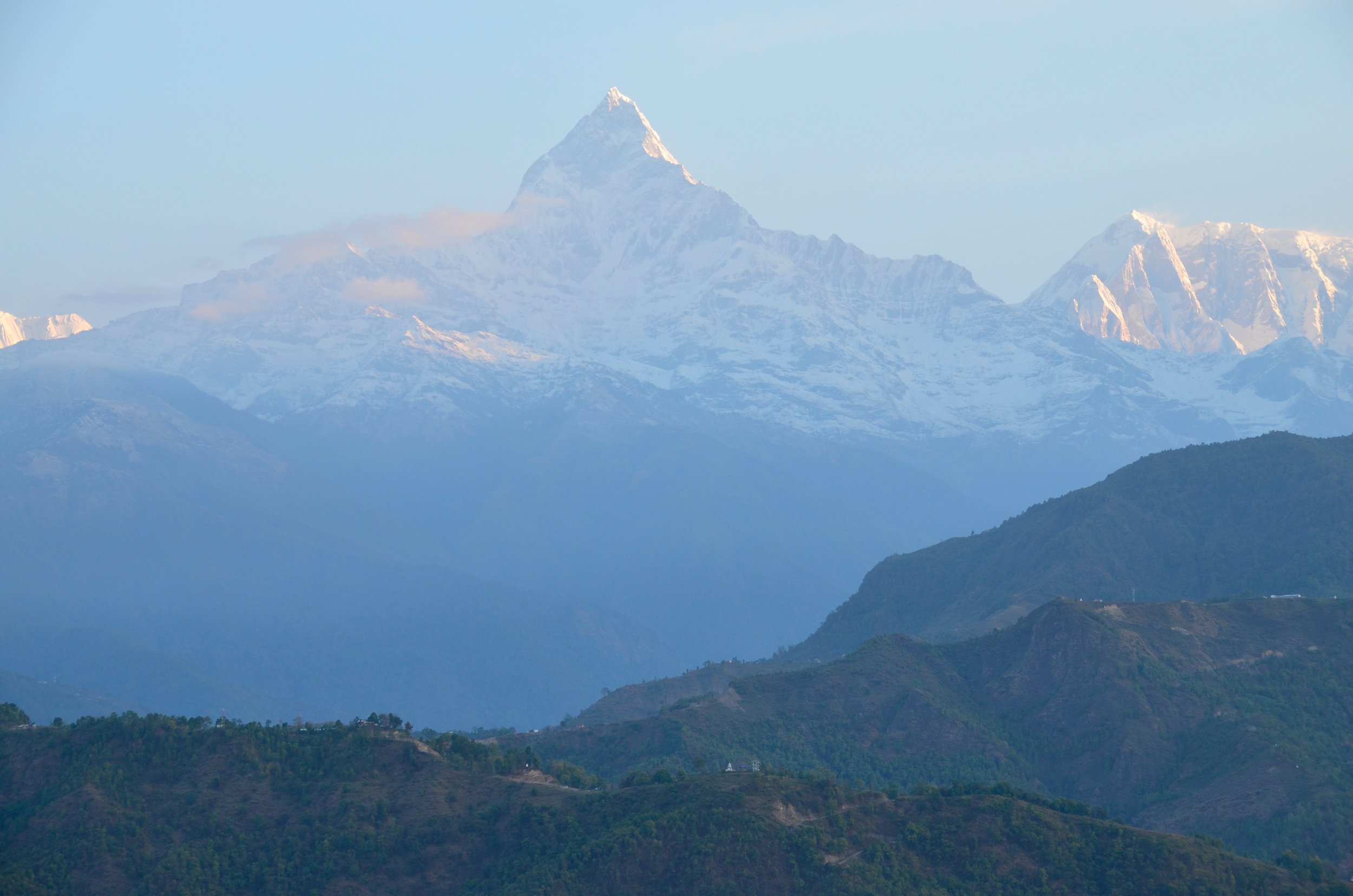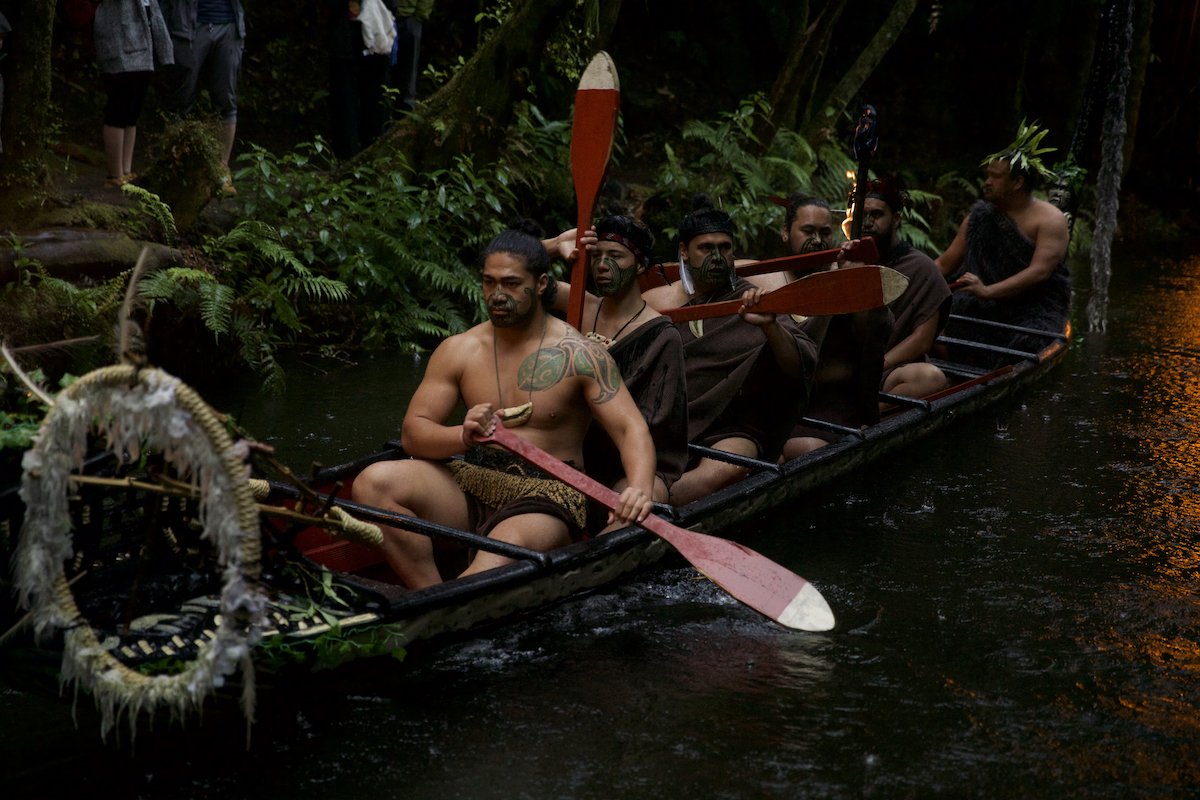Dia de los muertos or the Day of the Dead is a beautiful and ancient tradition celebrated by the Mexican community who look to honor deceased family members. It is celebrated each year on November 2, because it is the day when, according to tradition, the gates of heaven open so spirits can go back and visit their families for a whole day. In other words, it is the day when the border between the real world and the spirit world disappears. The importance of Día de los muertos has such a legacy in humanity that it was recognized by UNESCO in 2008 and was added to the list of Intangible Cultural Heritage of Humanity.
Here are Some interesting facts about the Day of the Dead in Mexico:
Image by Ernesto Lau from Pixabay
The “Ofrendas”
The roots of Día de los muertos date back 3,000 years when the indigenous tribes of central Mexico, the Aztecs and the Nahua people, believed that when a person died they would have to overcome nine challenges to finally rest in peace.
To successfully overcome these obstacles, families would provide tools, food, and water to help them along the way. This is what inspired the modern tradition of building altars, called ofrendas, with old photos, food, and offerings to their loved ones.
However, do not confuse these ofrendas with worship offerings; instead, they are meant to welcome the spirits back with some of their favorite things and most memorable life events.
Image by Alejandro Avila Cortez from Pixabay
The Food of the Dead
Mexico is known for having one of the most unique and rich cuisines in the world with influences layered in the history, culture, and flavors found in this magical country.
Look out for some of these foods on Día de los muertos:
Pan de Muerto: As mentioned, the ofrendas are meant to welcome the passed loved one with their favorite things. Some families place their favorite meals, as well as the very recognized pan de muerto. It is a sweet bread often made with anise seeds and decorated with skulls and bones.
Sugar Skulls: Sugar art tradition that consists of sweets pressed in skull molds with complex, detailed, and colorful decorations.
Pulque: A sweet fermented drink made from atole, a warm porridge made from corn flour, cinnamon, and vanilla.
Image by Jose Sanchez Hernandez from Pixabay
La Catrina
The main symbols that represent the Day of the Dead are skulls and skeletons. This is where “La Calavera Catrina” or the Elegant Skull came to life.
The Elegant Skull came from the Mexican political cartoonist and lithographer José Guadalupe Posada in the early 20th century. This female skeleton was dolled up with colorful make up and elegant clothing, symbolizing the convergence of Mexican culture and European sophistication.
He used the quote “Todos somos calaveras,” to show that underneath our clothes and skins, we are all the same.
Marigolds, Day of the Dead by Ray Explores
The Meaning of Flowers
Flowers have such an important role during the celebration of Dia de los Muertos. Marigolds, for instance, are another recognized symbol of this festivity. It is believed that these vibrant flowers use their colors and scents to guide the spirits to the ofrenda, built by their respective families.
Ironically, in Mexico they are called the flower of the dead, even though they look vibrant and full of life. The Catrinas wear the marigolds on the hair in a headband.
Coco
Unless you have been living under a rock, you probably have seen or heard about the Disney and Pixar movie, Coco. This blockbuster animated hit tells the story of this young boy’s adventure in the Land of the Dead. This musical homage to the Mexican tradition shows the importance of family, and the naturality of death. It helped people from all over the world understand and fall in love with such an emblematic and beautiful tradition in Mexico.
Coco by Disney Pixar
A Worldwide Celebration Today
Thanks to globalization, the internet, and the recognition by UNESCO, the Day of the Dead has become more popular and celebrated abroad. Mano a Mano: Mexican Culture Without Borders, a nonprofit cultural organization based in New York, stages a large Day of the Dead celebration every year. Nevertheless, the biggest celebrations are always done in Mexico.
Here are 5 Día de los muertos events you can find in Mexico:
Image by Allison Sulock from Pixabay
In Mexico City, there is a massive parade with live music and activities throughout the city. And in Mixquic, a suburb near Mexico City, the community members bring candles and flowers to the local cemetery while the bells of the historic Augustinian consent toll. They then proceed to clean and decorate the graves of their deceased loved ones.
In San Miguel de Allende, the pueblo magico is known for its vibrant and artistic influence in its streets and its people. To celebrate the Day of the Dead there are art expositions showcased around town, showing the beauty of the tradition.
In Pátzcuaro, a municipality near the capital, people from the countryside go to the shore of the Pátzcuaro Lake and in canoes paddle over to the island of Janitzio to spend the night in an indigenous cemetery.
In Tuxtepec, a small city in the state of Oaxaca, locals arrange colorful sawdust, flower petals, rice, and other natural materials to make ruglike patterns on the streets of the city. Then, on the Day of the Dead, the different sawdust rugs are shown, judged, and a winner is picked.
In Aguascalientes, the birthplace of José Guadalupe Posada, there is the Festival de Calaveras, a massive skull parade along with one of the most popular streets of the place.
Mexican culture and Mexico as a whole is filled with unique opportunities for adventure and pleasant surprises. Every time we go back, we get to relive and reconnect with its people, experience and discover the culture, and learn about its history, proving every single time why it is one of our most popular destinations.






























If you’re looking for the best Europe trip packing list, look no further! In this blog post, we’re sharing our comprehensive guide to packing for Europe so that you can embark on your journey fully prepared. We’re here to make sure your luggage remains light and your experiences unforgettable.